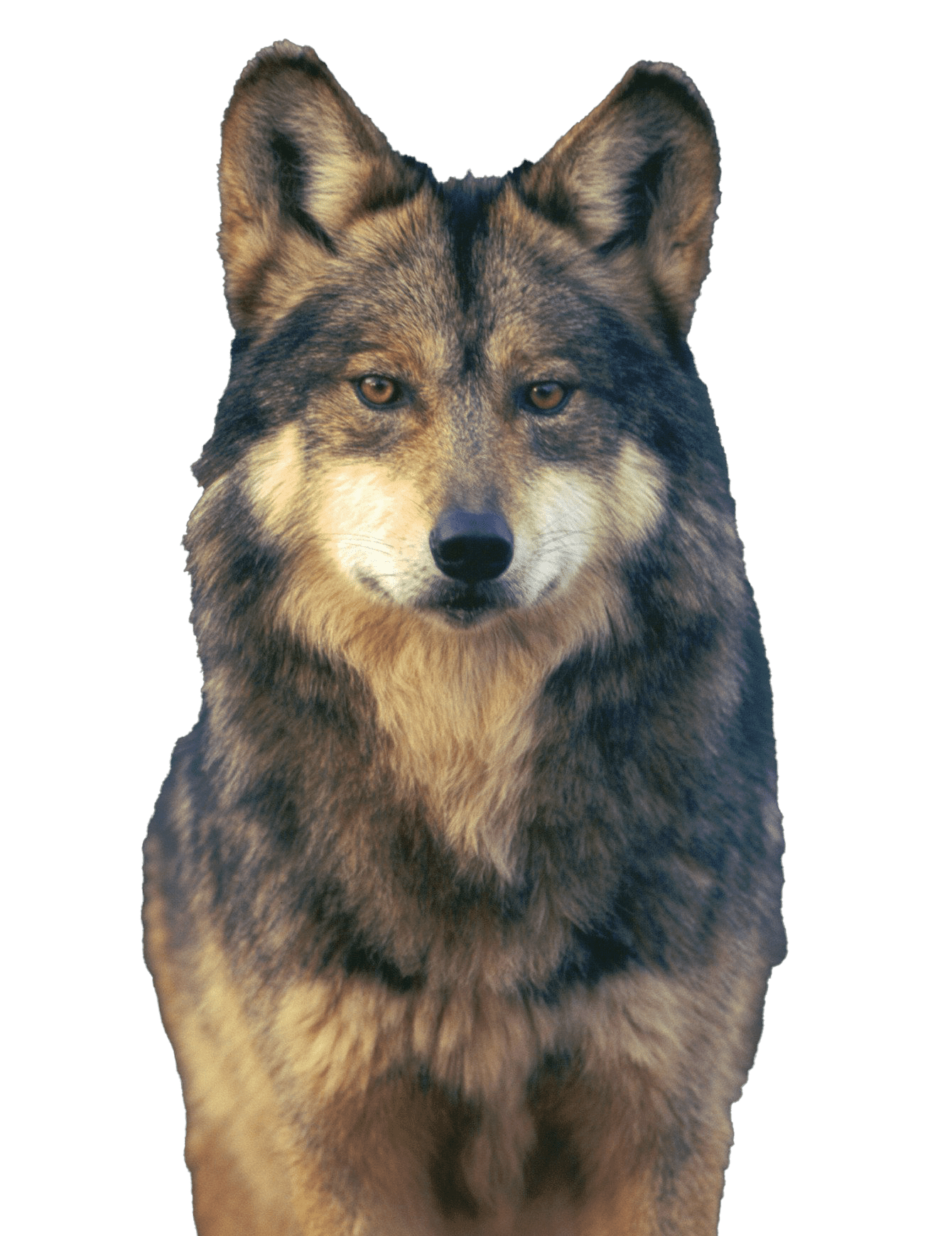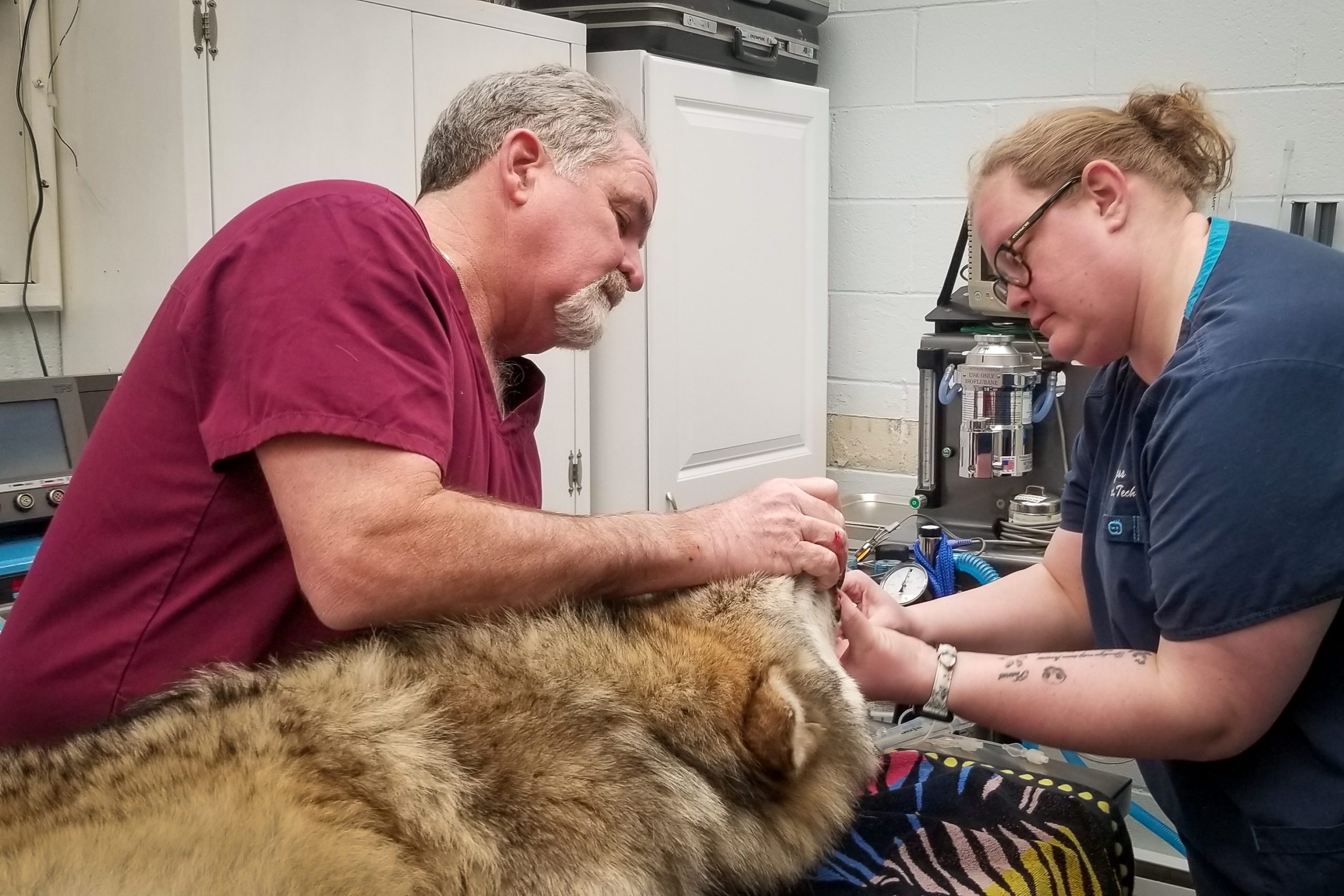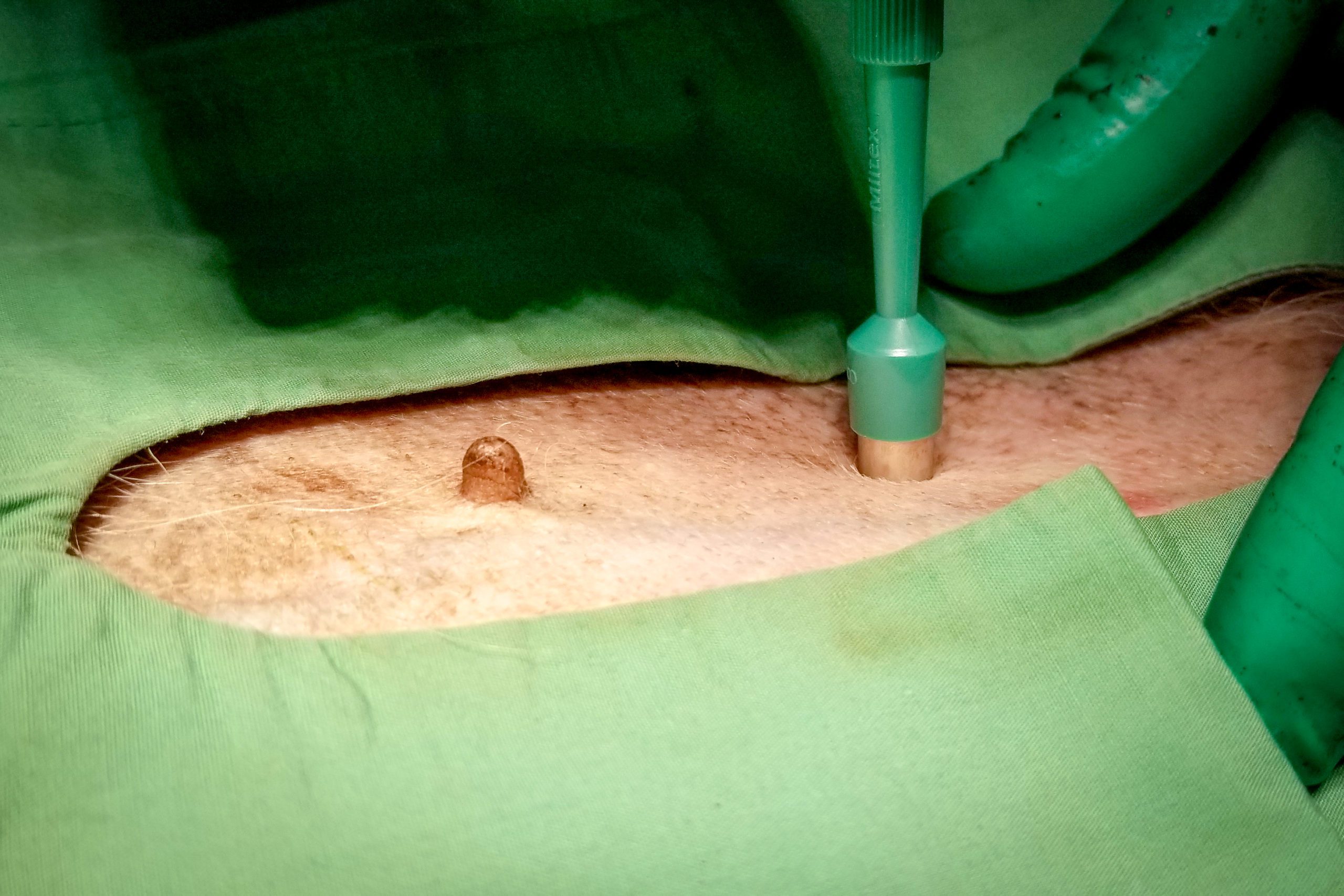
Like many other wolf species, Mexican wolves (Canis lupus baileyi) were extensively hunted and trapped, leading to their near extinction by the late 1800s.
In the 1970s, the United States and Mexico initiated a bi-national captive breeding program from just seven individuals. To further efforts to increase the genetic diversity of Mexican wolf populations, Revive & Restore worked with the Wolf Conservation Center and the Endangered Wolf Center to biobank cell lines for long term storage.
About the project
The Mexican wolf (Canis lupus baileyi) is an endangered species native to Mexico and the southwestern United States. Mexican wolves are the smallest subspecies of the gray wolf, notable for their distinct coat coloration with a mix of gray, black, and tan fur. They are highly social animals that live in packs and inhabit forests, grasslands, and deserts.
Like many other wolf species, Mexican wolves have been extensively hunted, leading to their near extinction in the mid to late 1800s. In the 1970s, the United States and Mexico initiated a bi-national captive breeding program as part of their endangered species recovery plan. By the late 1990’s, Mexican wolf breeding programs began to reestablish wild populations.
Today, among recovery strategies for habitat restoration and conflict mitigation, scientists are working to maintain and increase the genetic diversity of Mexican wolf populations to ensure their long-term viability. To further these efforts, Revive & Restore worked with with the Wolf Conservation Center and the Endangered Wolf Center to sequence and biobank cell lines.
“It is an honor to be part of this incredible project whose efforts will contribute to preserving the critically endangered Mexican gray wolf. It truly takes a village to save a species!”
Rebecca Bose
Curator, Endangered Wolf Center
Biobanking samples to enable conservation decisions today and future recovery strategies
To safeguard the genetic diversity of Mexican wolf populations, scientists identified two males and one female for biobanking. These wolves were selected by a geneticist for their high genetic diversity.
In addition to biobanking cells for long-term storage, Revive & Restore is assembling a high-quality reference genome using the cell lines from one of the biobanked males. By comparing this reference genome to genetic data from a variety of Mexican gray wolves in the population, researchers can identify genetic variations, assess population structure, and investigate evolutionary relationships.
This genome will be freely available to the scientific community for conservation research.
Special thanks to the teams that made biobanking the Mexican Wolf possible:
The U.S. Fish & Wildlife Service, ViaGen Pets & Equine, and U.S. Department of Agriculture: ARS. Additional collaborators include the Mexican Wolf Saving Animals from Extinction (SAFE) program and Saint Louis Zoo. We are grateful to our generous supporters, including Pershing Square Foundation and Re:wild.
Join our mailing list for updates!






